
qajar princess Qajar dynasty 1792 1925 Pinterest Iran
The legendary "Princess Qajar" is actually a conflation of two 19th-century Persian royals — Fatemeh Khanum "Esmat al-Dowleh" and Zahra Khanum "Taj al-Saltaneh." Women's Worlds in Qajar Iran Photos of "Princess Qajar" have gone viral but they barely touch on the truth about this Persian princess. They say that a picture is worth a thousand words.

Persian Princess Qajar Dynasty The Beauty Symbol in 19th Century
Zahra Khanom Tadj es-Saltaneh (1883-1936) was a Persian princess and memoirist of the Qajar Dynasty, a daughter of Naser al-Din Shah, the King of Persia from 1843 to May 1896 by his wife Turan es-Saltaneh. She was married to Amir Hussein Khan Shoja'-al Saltaneh and had four children, two daughters and two sons. They later divorced.

Persian Princess Qajar Dynasty The Beauty Symbol in 19th Century
Princess Qajar's real name is Fatemah Khanum 'Esmat - El - Dowlah' and she is the second daughter of Nasar Al-Din Shah Qajar who was the King of Persia. She was born in Persia in the year 1886 and died on January 25, 1936. However, there are various conflicts among the intellectuals who have different predictions related to her birth and death.
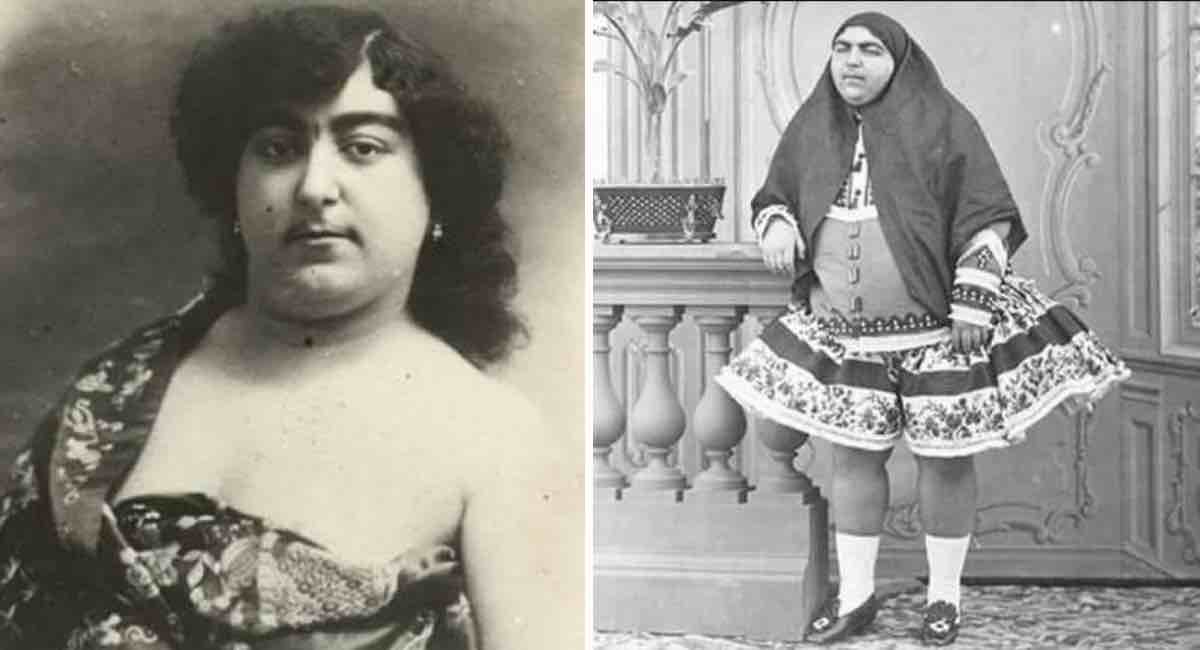
Princess Qajar An Iconic Beauty Symbol of Persia Wikye
A Persian princess that viral news websites baptized as Princess Qajar has become the stuff of legends. She was presented as a royal lady with a facial hair.
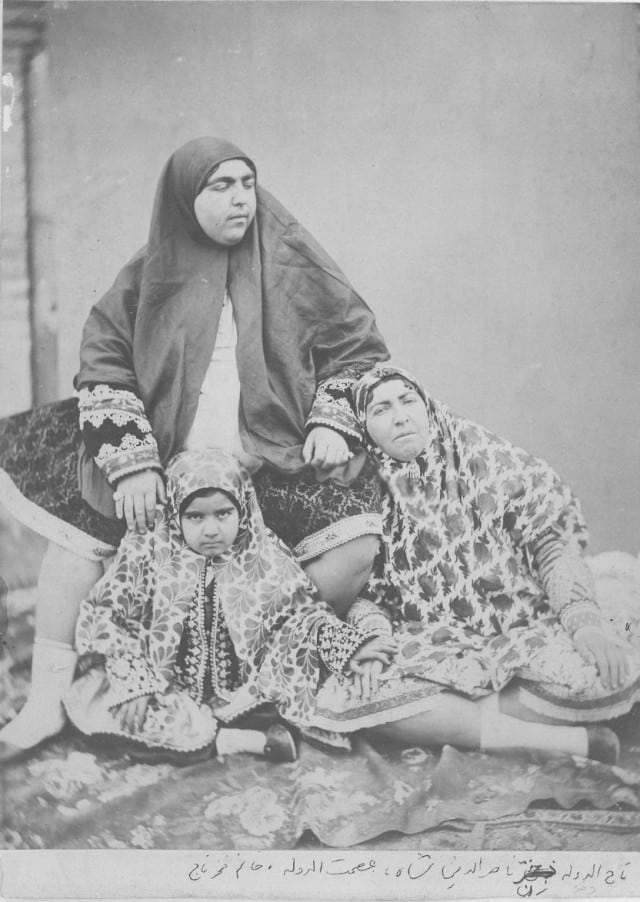
Princess Qajar of Persia Beauty Symbol or Feminist Hero?
Zahra Khanom Tadj es-Saltaneh, also known as Princess Qajar, was born in 1884 to Naser al-Din Shah, the King of Persia from 1848 to May 1896. She was not only a princess of the Qajar dynasty but also a feminist, women's rights activist, and memoirist.

Princess Qajar, a symbol of beauty in the 19th century Persia r
Rise to power "Like virtually every dynasty that ruled Persia since the 11th century, the Qajars came to power with the backing of Turkic tribal forces, while using educated Persians in their bureaucracy". [28] Among these Turkic tribes, however, Turkmens of Iran played the most prominent role in bringing Qajars to power. [29]
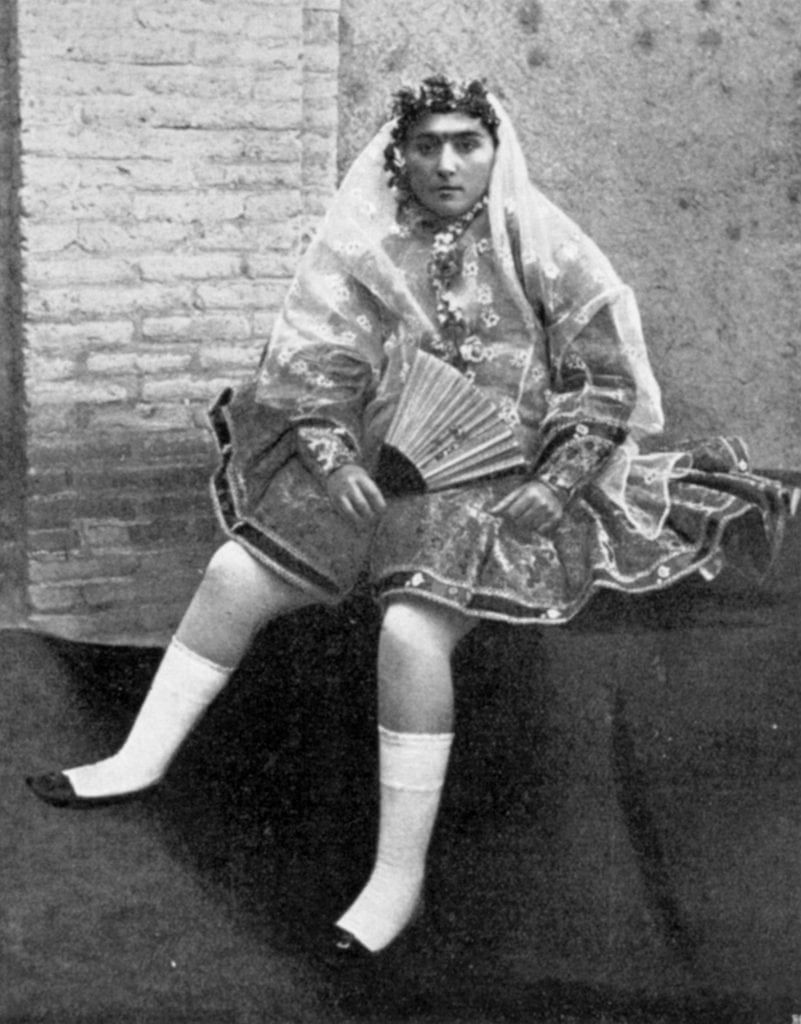
The untold truth of a beauty symbol of Persia Princess Qajar
"The Qajar dynasty brings to an end a long period of political instability, reuniting Iranian territory after the disunity and warfare that characterized much of the eighteenth century. This period witnesses a transition from tribal to centralized rule. Iran becomes entangled in a web of superpower rivalry (between Britain and Russia) and suffers significant losses in the Caucasus.

Princess Qajar was considered the ultimate symbol of beauty in Persia
[ Princess Qajar ] Princess Fatemeh Khanum "Esmat al-Dowleh" was the princess of Persia, modern-day Iran. She was the daughter of King Nasir al-Din Shah Qaja.

The Qajar Series des portraits de princesses Qajar par Shadi
The primary figure in this history is Princess Fatemeh Khanum "'Esmat al-Dowleh" (1855/6-1905), a daughter of Nasir al-Din Shah Qajar (1831-1896), King of Persia from 1848-1896, and.

Persian Princess Qajar Dynasty The Beauty Symbol in 19th Century
The Qajar dynasty was an Iranian royal dynasty of Turkic origin, specifically from the Qajar tribe, ruling over Iran from 1789 to 1925.

The untold truth of a beauty symbol of Persia Princess Qajar
The story of Princess Qajar became a 21st Century meme, that was misconstrued from some ambiguous and fictitious information about a glorious era in the history of Persia (now Iran) during the 19 th Century. The fallacy circulated and expanded, and the story of a Princess Qajar (or rather two) grew wings and went viral. The Golden Years in Qajar
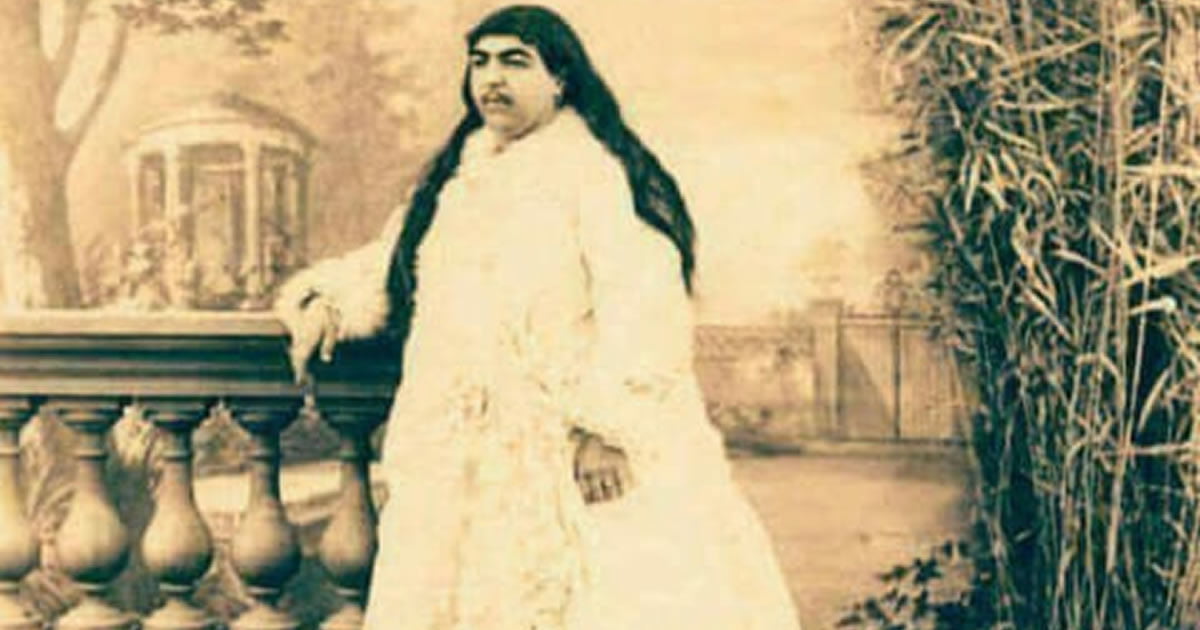
Princess Qajar The Revolutionary Persian Princess
The Qajar dynasty ( Persian: دودمان قاجار; 1789-1925) [a] was an Iranian [1] dynasty founded by Mohammad Khan ( r. 1789-1797) of the Qoyunlu clan of the Turkoman [2] Qajar tribe.

Persian Princess Qajar Dynasty The Beauty Symbol in 19th Century
Yes, Princess Qajar of Persia was indeed a historical figure in the context of the 19th century. She was a member of the Qajar dynasty, which ruled Iran from 1789 to 1925. Princess Qajar, also known as Zahra Khanom Tadj es-Saltaneh, was born in 1883 and lived during a time of significant political and social changes in Persia..

Persian Princess Qajar Dynasty The Beauty Symbol in 19th Century
This has been doing the rounds on social media sites, this image with this caption Princess Qajar. A symbol of beauty in Persia. 13 young men killed themselves because she rejected them. Is thi.

Iran Politics Club Last Persian Emperor Aqa Mohammad Shah Qajar Photo
Princess Zahra Khanom Tadj es-Saltaneh or the princess of Qajar was the symbol of beauty in Iran not only because people considered her a beautiful woman but also because she was smart and outspoken. She was a feminist and a groundbreaker for women's rights in Persia.
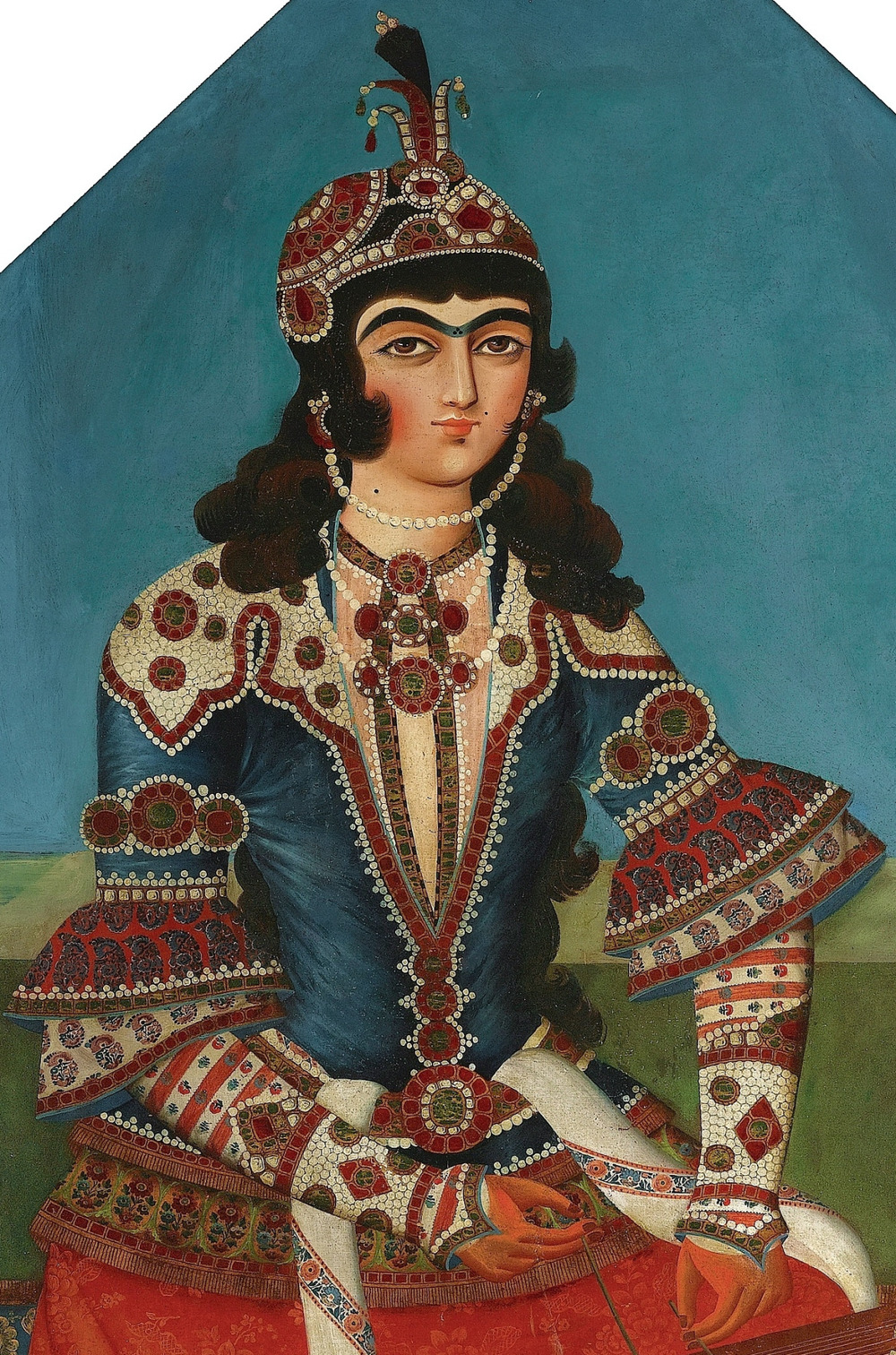
Bejeweled Persia historic jewelry from the Qajar Dynasty — REENA
The woman memes call Princess Qajar is Zahra Khanom Tadj es-Saltaneh, and she was born in 1883. Her father was Naser al-Din Shah Qajar, the King of Persia. The Qajar Dynasty ruled over Iran from 1789 to 1925. Princess Qajar was extremely accomplished. She was a painter, writer, musician, intellectual, and activist .